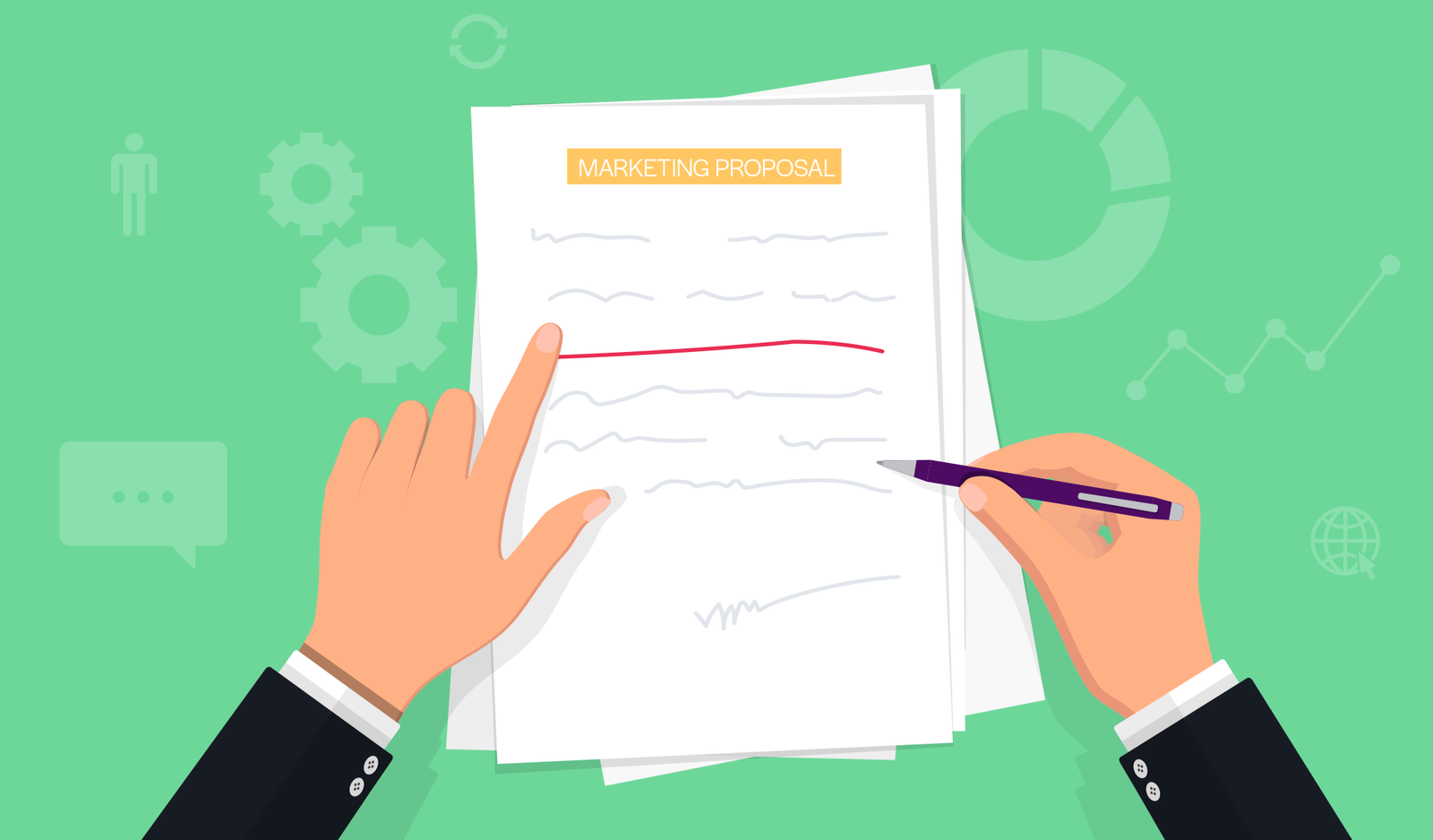How to Start an E-commerce Business from Scratch in 2025

Introduction
Starting an e-commerce business in 2025 presents an exciting opportunity due to the continuous growth of online shopping, advancements in technology, and evolving consumer behaviors. However, success in this competitive landscape requires careful planning, strategic execution, and a solid understanding of modern digital tools.
Step 1: Identifying Your Niche and Market Research
Before diving into e-commerce, identify a niche that aligns with your passion, expertise, and market demand.
-
Research Market Trends: Use tools like Google Trends, Amazon Best Sellers, and industry reports to analyze demand.
-
Identify Your Target Audience: Define your ideal customer persona, including demographics, interests, and buying behaviors.
-
Analyze Competitors: Study successful e-commerce stores in your niche and identify gaps or opportunities for differentiation.
Step 2: Choosing a Business Model
There are several e-commerce business models to consider:
-
Dropshipping: Sell products without holding inventory; suppliers ship directly to customers.
-
Private Labeling & Manufacturing: Create your own branded products and manufacture them yourself or via a supplier.
-
Wholesale & Bulk Selling: Purchase products in bulk and resell them at a higher price.
-
Print-on-Demand: Sell custom designs on products like t-shirts and mugs without inventory.
-
Subscription Box Services: Offer recurring product deliveries for consistent revenue.
Step 3: Registering Your Business and Legal Considerations
To operate legally, register your business and comply with relevant regulations:
-
Choose a Business Structure: Sole proprietorship, LLC, or corporation.
-
Register Your Business Name: Check domain name availability.
-
Obtain Necessary Licenses and Permits: Research local and international regulations for selling online.
-
Set Up Tax Compliance: Register for sales tax and get an EIN (Employer Identification Number) if applicable.
Step 4: Selecting Your E-commerce Platform
The right e-commerce platform will impact your business operations and user experience. Popular choices include:
-
Shopify: User-friendly, great for beginners.
-
WooCommerce: Flexible, ideal for WordPress users.
-
BigCommerce: Scalable and feature-rich.
-
Magento: Powerful but requires technical expertise.
-
Etsy, eBay, Amazon: Ideal for marketplace selling.
Step 5: Sourcing Products and Inventory Management
Depending on your business model, source high-quality products:
-
Find Reliable Suppliers: Use platforms like Alibaba, SaleHoo, and Oberlo for sourcing.
-
Negotiate Pricing & Quality Assurance: Establish clear terms and request samples before committing.
-
Implement Inventory Management Tools: Use software like TradeGecko or Zoho Inventory for stock tracking.
Step 6: Designing and Developing Your Online Store
A professional, user-friendly website is crucial:
-
Choose a Theme: Select a responsive, conversion-optimized theme.
-
Optimize Navigation & UI/UX: Ensure fast loading speeds, mobile-friendliness, and an intuitive shopping experience.
-
Secure Payment Gateways: Integrate Stripe, PayPal, Apple Pay, or other secure payment options.
-
Implement SEO Best Practices: Optimize product pages with keywords, meta descriptions, and high-quality images.
Step 7: Setting Up Logistics and Fulfillment
Ensure a smooth delivery process by setting up shipping and fulfillment strategies:
-
Choose a Shipping Carrier: Compare rates and delivery times (UPS, FedEx, DHL, USPS).
-
Offer Multiple Shipping Options: Standard, express, free shipping incentives.
-
Consider Third-Party Fulfillment Services: Utilize services like Amazon FBA, ShipBob, or 3PL providers for outsourcing logistics.
Step 8: Marketing and Customer Acquisition Strategies
Driving traffic and sales is essential for business growth:
-
Leverage Social Media Marketing: Use platforms like Instagram, Facebook, and TikTok to engage with potential customers.
-
Invest in Paid Advertising: Run PPC campaigns via Google Ads, Facebook Ads, and influencer marketing.
-
Content Marketing & SEO: Create blog posts, videos, and guides to attract organic traffic.
-
Email Marketing & Retargeting: Use automation tools like Mailchimp or Klaviyo to nurture leads and recover abandoned carts.
Step 9: Customer Service and Retention Strategies
Building a loyal customer base ensures long-term success:
-
Offer Excellent Customer Support: Use live chat, chatbots, and a clear return policy.
-
Encourage Reviews and Testimonials: Social proof boosts credibility and trust.
-
Implement Loyalty Programs: Offer discounts and rewards to repeat customers.
Step 10: Scaling and Expanding Your Business
Once your business gains traction, focus on expansion:
-
Diversify Product Offerings: Introduce complementary products or bundle deals.
-
Expand to Marketplaces: Sell on Amazon, eBay, and international platforms.
-
Leverage Data Analytics: Use Google Analytics, heatmaps, and customer insights to refine strategies.
-
Consider Global Expansion: Offer international shipping and explore cross-border e-commerce opportunities.
Starting an e-commerce business in 2025 requires strategic planning, execution, and adaptation to evolving market trends. By following these steps, you can build a successful online store and achieve long-term growth. Stay updated with industry trends, continuously optimize your store, and prioritize customer experience to stand out in the competitive e-commerce landscape.






